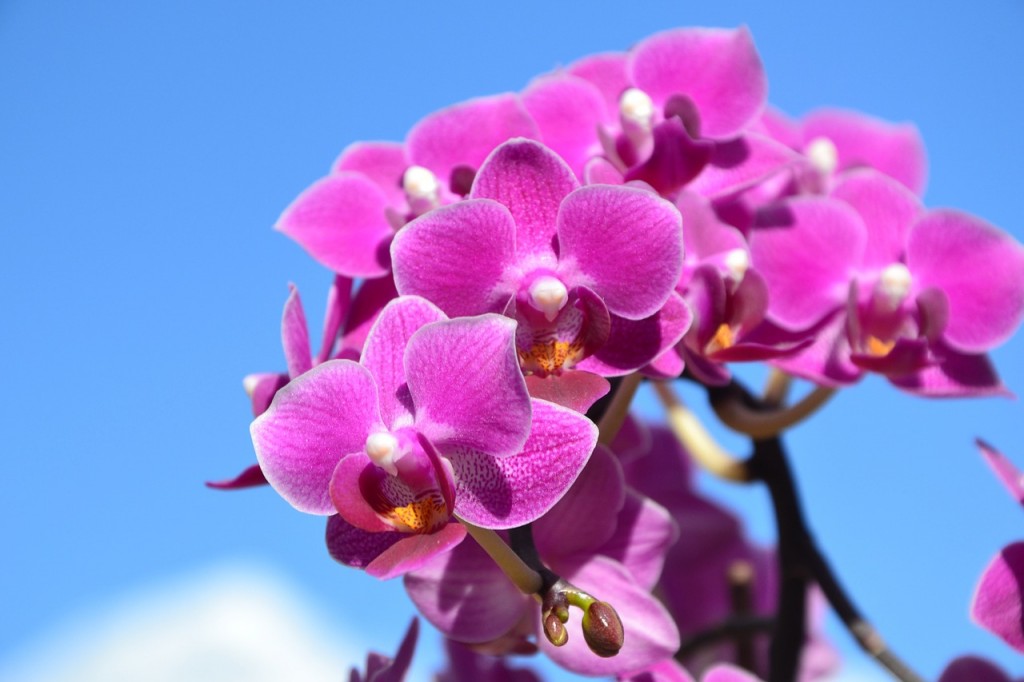The Death Knell for Orchids
Overwatering-including growing certain species in high humidity-is the death knell for many orchids, as many genera store moisture in the plant itself, thus reducing the requirement for water from an outside source. Cattleyas, Laeliocattleyas, Brassolaeliocattleya, Oncidiums, Miltonias and Odontoglossums, are epiphytes with “pseudo bulbs” that retain water.
Phalaenopsis, while also epiphytic, stores water in its leaves. Epiphytes can survive long stretches in their native habitat without any rain. As a general rule, the epiphytes’ growing medium (discussed below) should be allowed to dry out between watering, and at no time should its roots come in contact with standing water. Overwatering epiphytes affects the plant’s ability to access air, again, restricting its requirement for circulation and ventilation.
Terrestrial or semi-terrestrial orchids, on the other hand, such as Paphiopedilums and Haemeria, are grown naturally in the soil, and can tolerate more moisture than epiphytes. However, terrestrial orchids also store water; many have tuberous bulbs or roots that retain moisture and nutrients. As a result, terrestrial or semi-terrestrial orchids should also not be overwatered.
Potting Medium and Fertilizer
A proper orchid growing medium provides structural support for the plant’s roots, and lots of air circulation. Osmunda fiber (from the Osmunda fern), fresh pine bark, and sphagnum peat and perlite are common growing media. The above materials are light, but firm, allowing the roots to stay secure while providing sufficient air exposure.
Orchids grown in nature adapt to low nutritional levels of soil and bark. However, orchid growers desire showy flowers, and are thus inclined to fertilize. If fertilizing, it is best to use a water-soluble orchid food at half strength, and sparingly—no more than once per month. Next to overwatering, over-fertilization is the leading cause of death for hobby orchids.
Location, Location, Location
The secret to growing a successful orchid in a glasshouse or greenhouse structure is really no different than siting real estate—location, location, location. Not only is it possible to cultivate orchids in any climate in the U.S., it is possible to cultivate many distinct orchid species in one glasshouse or greenhouse, so long as one respects the laws of nature.
Know your plant, and replicate its natural habitat by adjusting for light, temperature, and humidity, and you will dispel a centuries-old myth that orchids are difficult plants.
Article Sources:
- The American Orchid Society
- Paul A. Thomas, The University of Georgia College of Agriculture & Environmental Sciences, Growing Orchid
- Phals
- The Royal Botanic Gardens, Kew, The Role of the Living Orchid
- Susan Jones, Preparing Orchids for Winter
Reprinted from the DECEMBER 2004 issue of Orchids – The Bulletin of the American Orchid Society.
Copyright American Orchid Society — www.aos.org



